Amateur Radio clubs and individual hams have always played an important role as Mentors for new and less experienced hams. There is probably no better time in our history to redouble our efforts in this area than now. I wanted to share a few thoughts and successful programs that I’ve been involved in to bring new people into Amateur Radio through mentoring.
Programs in Schools
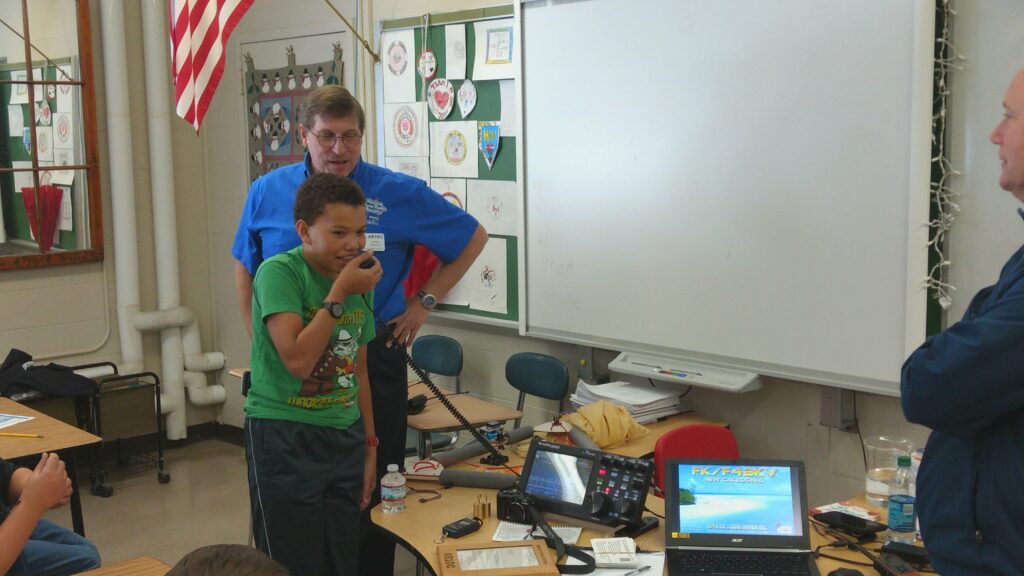
Middle and High School faculty members are looking for practical STEM learning opportunities for their students. Amateur Radio can be the basis for many learning programs of this type. Wireless communications, satellites, electronics, computers, and many other STEM topics can be taught in a way that is grounded in Amateur Radio.
A great way to begin is to support career days or STEM learning events at local schools. Providing a hands-on opportunity at a school STEM club or Electronics club can also be a good way to develop a relationship with a local school.

It’s important to find a faculty member to work with to develop these programs. An interested teacher is an essential partner in developing and delivering quality educational experiences through Amateur Radio.
Teachers serve as important role models for their students. It’s a good idea to provide opportunities through classes and mentoring to teachers who are interested in earning their Amateur Radio licenses.
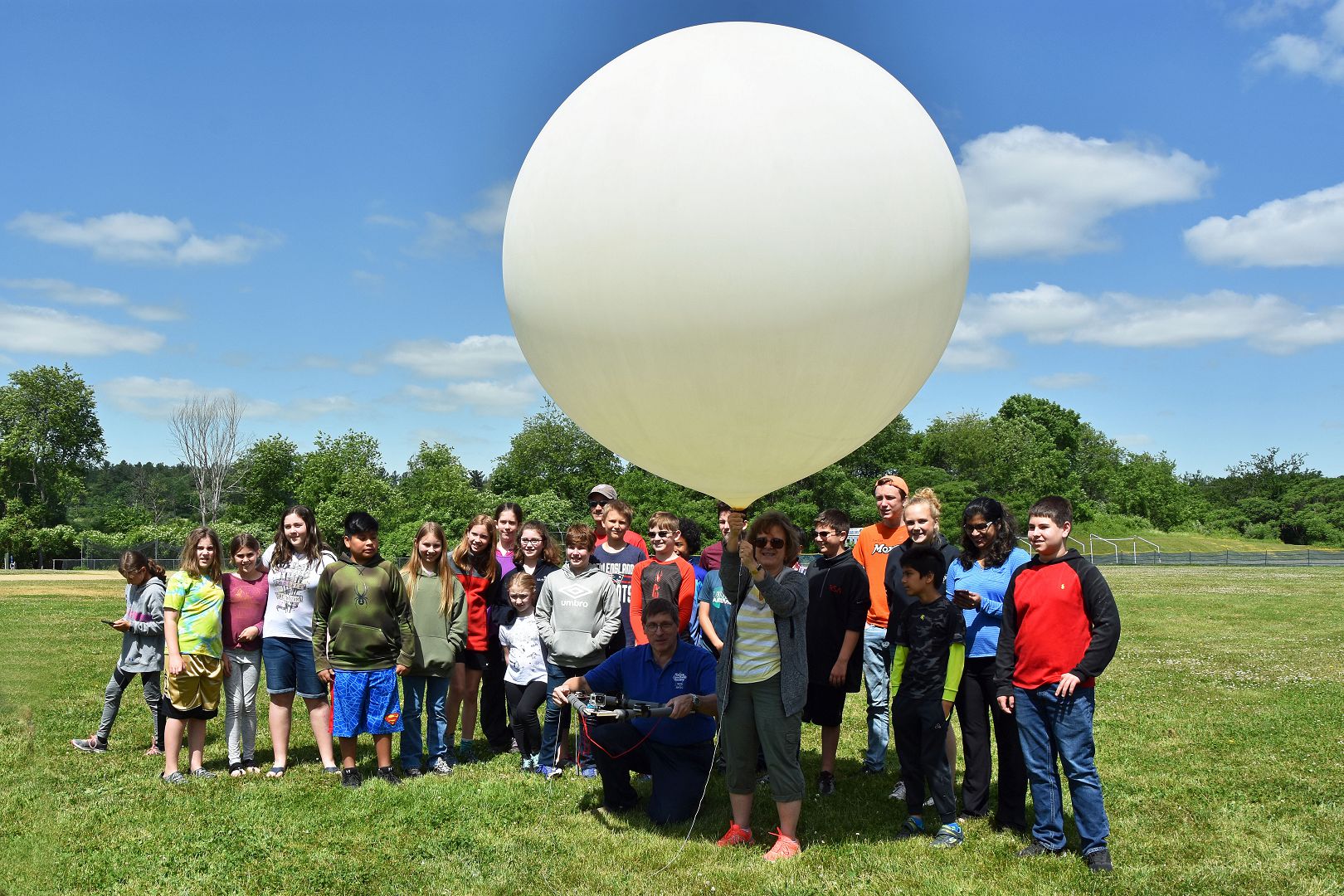
You might consider developing a STEM learning program around a hands-on Amateur Radio related activity. As an example, we’ve created a program around High-Altitude Balloons that carry Amateur Radio telemetry transmitters. We’ve worked with local teachers to develop 12 hours of classroom material covering the physics, weather science, wireless communications, and flight prediction modeling associated with weather balloons. We’ve delivered this program in 4 local schools and reached several hundred students. These programs have led to many students and their teachers becoming licensed hams.
Similar programs can be created around kit-building and related electronics activities, space and wireless communications, modern digital communications technology, and more.
Consider Supporting a Contact with an Astronaut on the ISS
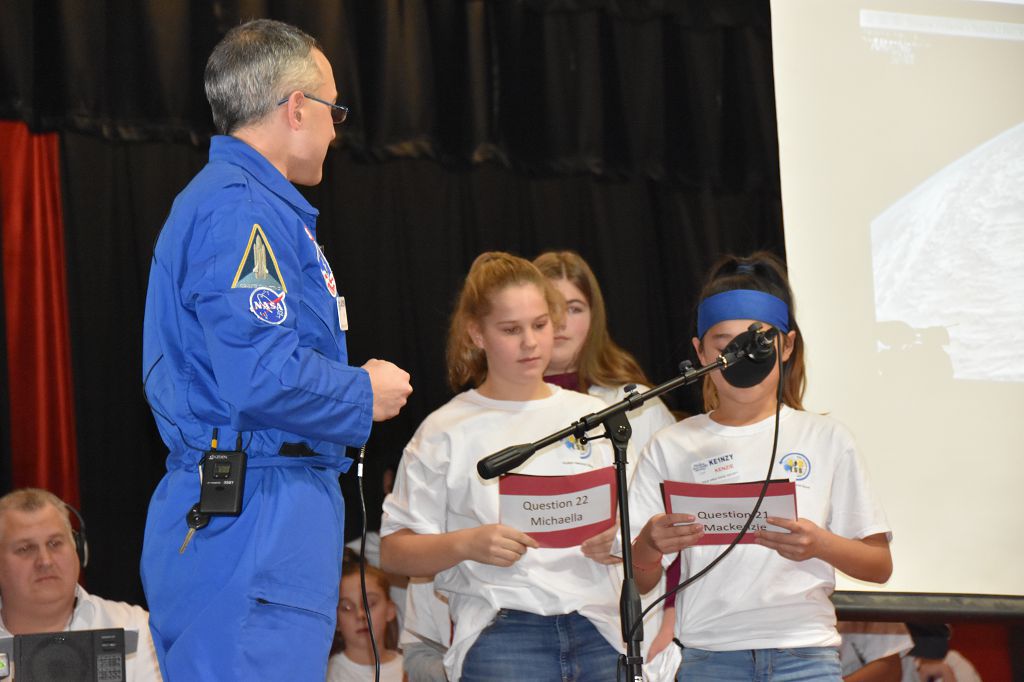
One of the most effective ways to develop a relationship with a school is to work with a school to make a contact with an Astronaut on the ISS. The ARISS organization provides tools and support for arranging and holding these contacts. Schools work with a sponsoring Amateur Radio Club or group and are required to make a significant commitment to STEM learning related to Amateur Radio and Space Science in order to secure a Contact with an astronaut on the ISS. Working closely with a school provides a great opportunity to work with young people to develop an interest in Amateur Radio.
Treat Your Field Day as a Mentoring Opportunity
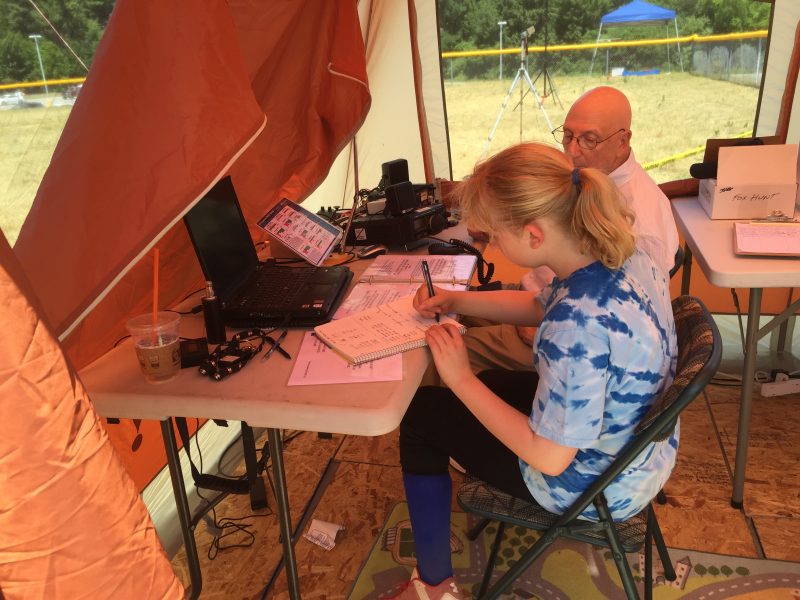
Field Day presents many opportunities for mentoring new and less experienced Hams. In addition to a Get On The Air (GOTA) station, it affords many opportunities to invite folks to learn about and participate in a broad range of station building and operating activities. You can read more about such opportunities here.
Help a Ham to Get On The Air

Many new Hams earn a license and then find it difficult to find someone to Mentor them and help them to get started on the air. Barriers include Mic fright, difficulties getting an antenna up and gaining access to a radio that they can use, concerns that they don’t know how to make contacts on the air, etc. This is an area where clubs and individual hams can contribute a great deal. Invite a new ham to your station for an operating session. Sponsor an entry in the ARRL Rookie Roundup or a DX contest to introduce contesting.
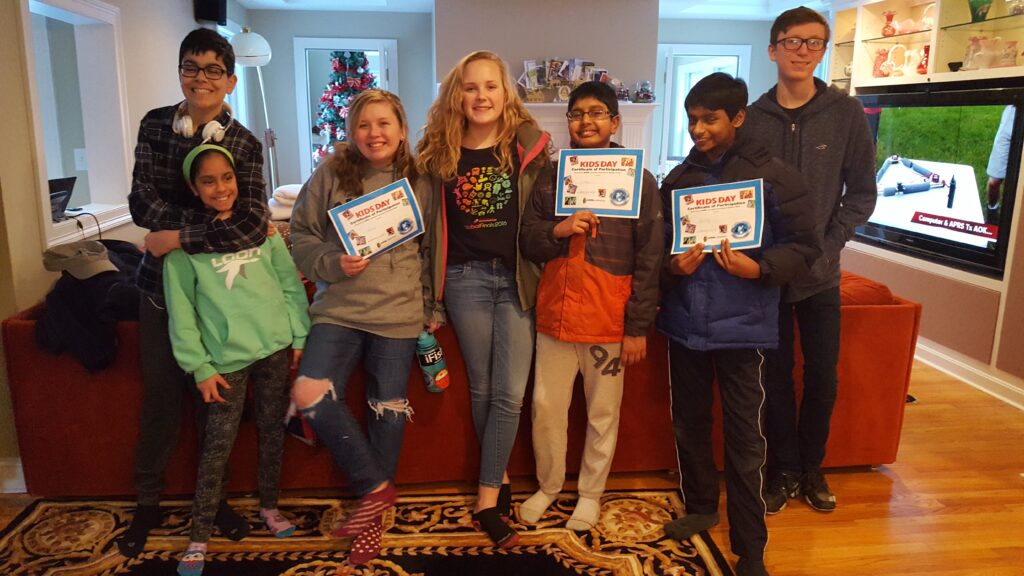
Sponsoring an on-the-air event around ARRL Kids Day and similar events are also great ways to introduce young people to Amateur Radio.
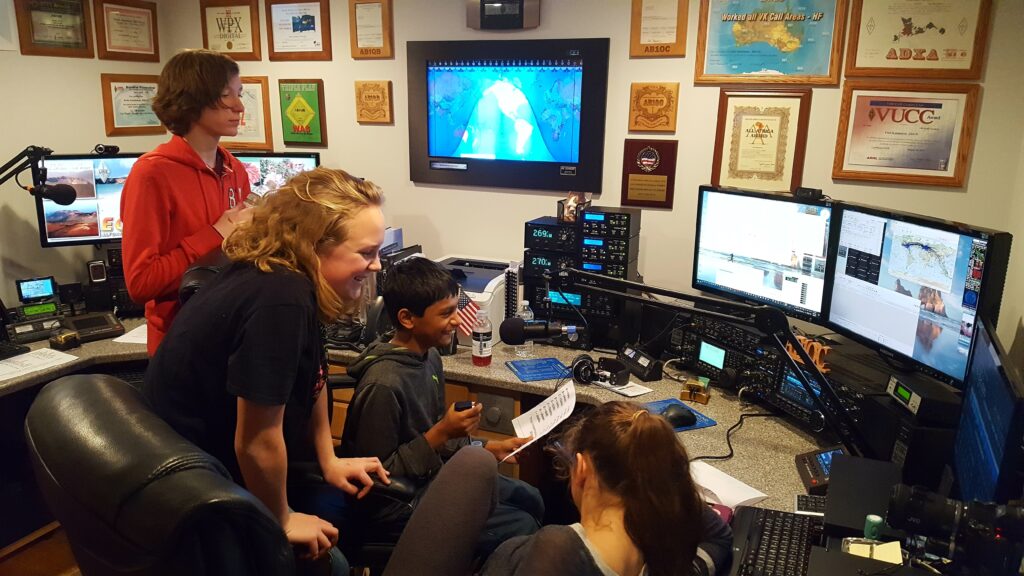
All it takes to create opportunities like these is for a club member or an individual ham to open their station for a day and secure the help and support of a few other friends to help put on an event. These activities are great fun and produce many cherished memories of the participant’s first experiences on the air.
Events like these often form the basis of strong mentoring relationships with new hams. This then leads to opportunities to help folks put their first station together and get on the air.
Summing it all up
The video above shares more about activities that Clubs and individual hams might consider to bring new people into Amateur Radio and help them develop and grow their skills. Amateur Radio can change lives for the better by providing lifelong learning opportunities, helping to develop valuable skills, and creating great friendships. I hope that you’ll consider how you can help.
Fred, AB1OC